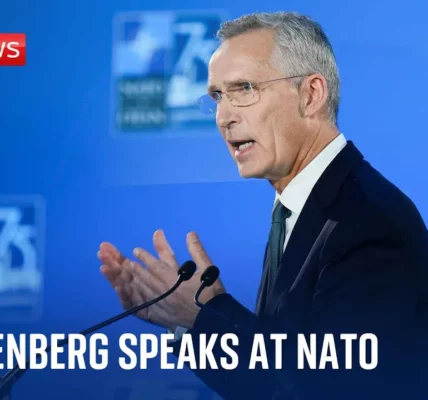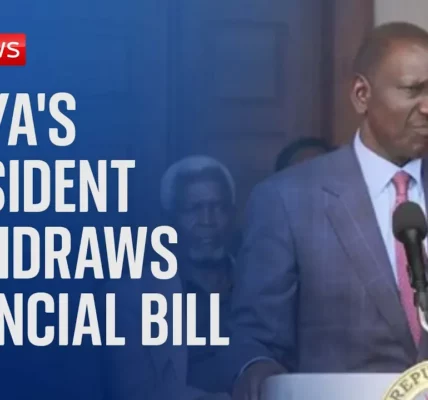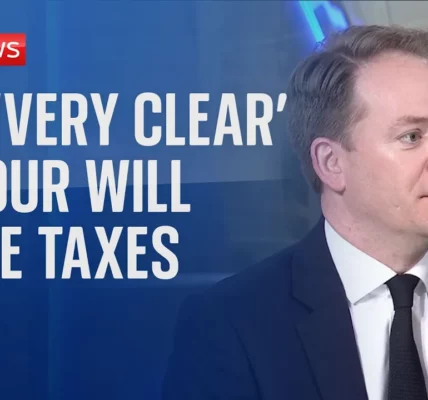The Ongoing Conflict in Gaza: Challenges to Ceasefire Negotiations

In the midst of escalating violence in Gaza, U.S. Secretary of State Anthony Blinken emphasizes the complexities surrounding ceasefire negotiations. This article delves into the current situation, the positions of both Hamas and Israel, and the implications for regional stability.
Introduction
The conflict in Gaza has reached a critical juncture as diplomatic efforts continue to evolve in response to the changing dynamics on the ground. Recent statements from U.S. Secretary of State Anthony Blinken highlight the ongoing challenges of negotiating a ceasefire between Hamas and Israel. This article will explore the recent developments, the key players involved, and the implications of the proposed changes to the ceasefire plan.
Current State of the Conflict
The situation in Gaza remains precarious, with intense fighting continuing despite international calls for a ceasefire. Secretary Blinken has reiterated the U.S. commitment to mediating between the conflicting parties, but significant obstacles persist.
Hamas’s Proposed Changes
Hamas has put forward numerous amendments to the ceasefire proposal that the U.S. and its allies are attempting to facilitate. Some of these changes are deemed workable, while others remain contentious:
- Demand for a permanent ceasefire
- Conditions for humanitarian aid access
- Withdrawal of Israeli forces from Gaza
Israel’s Position
In stark contrast, Israel maintains a hardline stance, insisting that any ceasefire must not compromise its right to defend itself against Hamas. Key points of contention include:
- Rejection of a permanent ceasefire before complete disarmament of Hamas
- Concerns over ongoing threats from Hezbollah in Lebanon
- Pressure from the Israeli cabinet, particularly from right-wing factions, against any concessions
International Diplomacy Efforts
As the conflict rages on, international mediators, including Egypt and Qatar, play a crucial role in attempting to bridge the divide between the two sides. Blinken’s recent engagements highlight the collaborative efforts to achieve a peaceful resolution.
The Role of Egypt and Qatar
Egypt and Qatar have been pivotal in facilitating discussions, offering their territory and influence to promote dialogue. Their involvement includes:
- Hosting negotiations between Hamas and Israeli officials
- Providing humanitarian assistance to Gaza
- Acting as intermediaries to convey messages between the parties
Challenges Ahead
The gap between the demands of Hamas and Israel indicates a protracted negotiation process. Factors contributing to the challenges include:
- Mutual distrust between the parties
- Influence of hardline factions
- Lack of consensus on the terms of a ceasefire
Recent Escalations and Regional Implications
In addition to the Gaza conflict, tensions in the broader region are exacerbating the situation. The recent attacks by Hezbollah from Lebanon into Israel underscore the volatility along the northern border.
Hezbollah’s Involvement
The killing of a senior Hezbollah commander has intensified hostilities, resulting in a significant uptick in rocket fire from Lebanon into Israel. Key points include:
- Over 170 missiles launched into Israel
- Israeli responses targeting Hezbollah positions
- Risk of wider conflict if ceasefire negotiations fail
Potential Outcomes of Continued Conflict
If diplomatic efforts do not yield a ceasefire, the following consequences may unfold:
- Increased military operations by Israel
- Potential for a ground invasion of Southern Lebanon
- Escalation of humanitarian crises in Gaza
Conclusion
The path to a sustainable ceasefire in Gaza is fraught with challenges, as evidenced by the divergent positions of Hamas and Israel. With Secretary Blinken actively engaged in mediating discussions, there remains hope for a diplomatic solution. However, the underlying tensions and recent escalations highlight the urgent need for compromise from both parties. It is essential for international stakeholders to continue their efforts to foster dialogue and prevent further conflict in the region. For more insights on Middle East diplomacy, check our related articles on conflict resolution and international relations.
“`




